They may look similar, but tempered glass and regular glass have important differences
X
This article was co-authored by wikiHow staff writer, Ali Garbacz. Our trained team of editors and researchers validate articles for accuracy and comprehensiveness.
wikiHow’s Content Management Team carefully monitors the work from our editorial staff to ensure that each article meets our high quality standards.
This article has been viewed 1,782 times.
Learn more...
Tempered glass is an extremely versatile and safe material to use in many projects, but what exactly sets it apart from regular glass? In this article, we’ll explain everything there is to know about tempered glass and how it compares to regular glass, as well as give tips on how to differentiate between the two using visual cues.
Steps
Section 2 of 3:
How to Identify Tempered Glass
-
1Look for smooth edges. If you can see the edges, check to see if they are smooth. The extreme heat with which tempered glass is treated gives it a very smooth finish. If the edges are rough, you are likely dealing with just regular annealed glass.[4]
-
2Check the corner for a bug. “Bug” here refers to an etched or sandblasted mark directly on the glass. These are usually found on the corner of the glass piece and will often be the symbol of the manufacturer to prove that the piece is legitimate tempered glass. Annealed glass does not have to adhere to the same strict standards as tempered glass, and thus will not likely have any special mark.[5]
-
3Inspect the glass for imperfections. In this case, imperfections are not a bad thing. During the tempering process, small particles can be melted into the glass or leave scratches along the surface, so imperfections are common. If you do not have access to view the edges or look for a bug, this is the next best method to check whether the glass is tempered or not. Annealed glass does not go through such a rigorous heating process, so imperfections most likely not be as prevalent.[6]
-
4Look for spots and lines with polarized sunglasses. Hold the glass up so you can view the sun through it. If it's tempered, you will likely see spots or lines going across the glass, which are a result of the heat rollers used in the manufacturing process. They may be very faint at times, so look closely. Annealed glass does not receive such treatment, and thus no marks should be visible.[7]
-
5Check for a rough line after scoring the glass. Scoring a line through regular glass with a window-cutting tool will leave behind a clean cut, whereas scoring tempered glass will result in a bumpy and rough line.[8]
- Don't use this method on any glass you wish to leave intact!
Advertisement
References
- ↑ https://www.scientificamerican.com/article/how-is-tempered-glass-mad/
- ↑ https://www.techni-glassinc.com/2019/01/how-is-tempered-glass-made/
- ↑ https://www.scienceabc.com/eyeopeners/tempered-laminated-car-windshield-glass-why-break-such-small-pieces.html
- ↑ https://homedecorbliss.com/how-to-tell-if-glass-is-tempered/
- ↑ https://homedecorbliss.com/how-to-tell-if-glass-is-tempered/
- ↑ https://homedecorbliss.com/how-to-tell-if-glass-is-tempered/
- ↑ https://homedecorbliss.com/how-to-tell-if-glass-is-tempered/
- ↑ https://homedecorbliss.com/how-to-tell-if-glass-is-tempered/
- ↑ https://www.scientificamerican.com/article/how-is-tempered-glass-mad/
About This Article
Advertisement
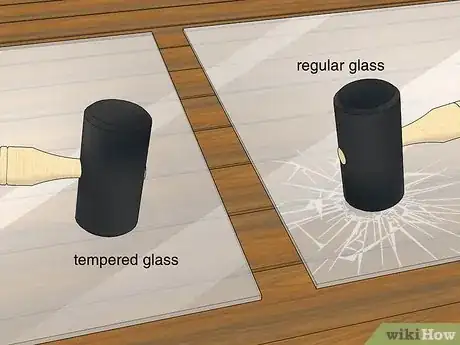
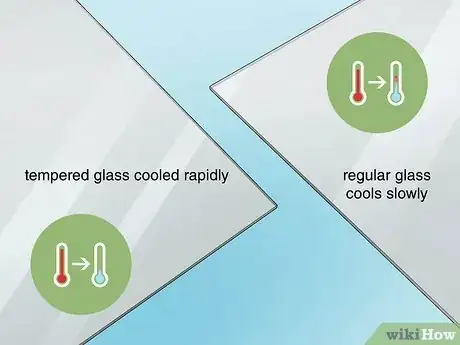
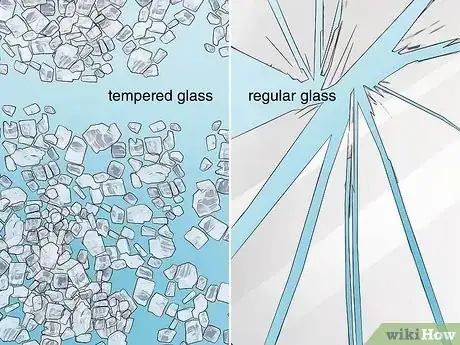
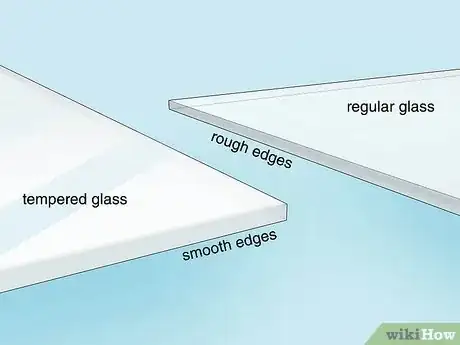
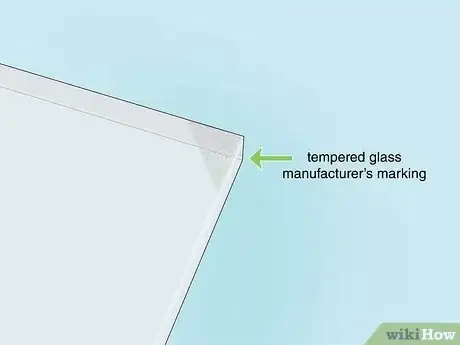


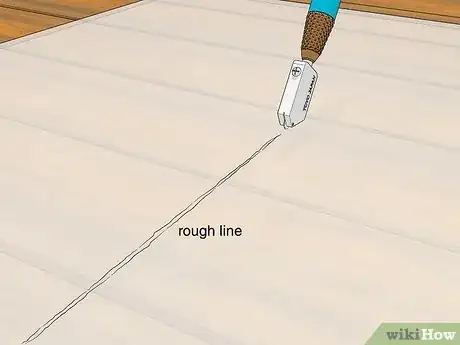


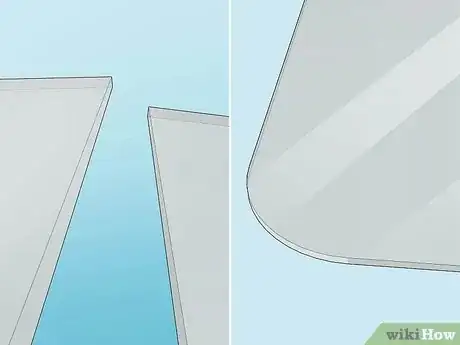
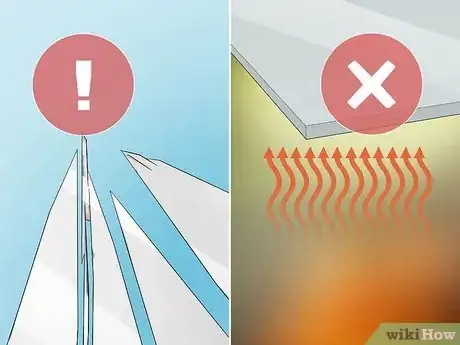
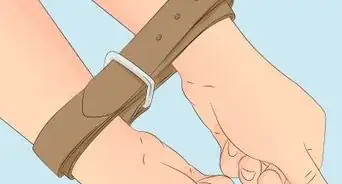




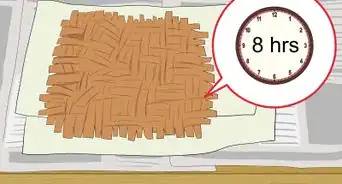
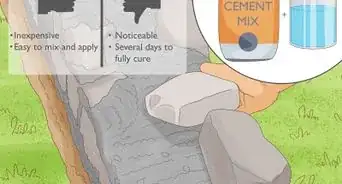

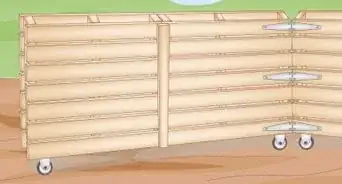

















































wikiHow’s Content Management Team carefully monitors the work from our editorial staff to ensure that each article meets our high quality standards. This article has been viewed 1,782 times.